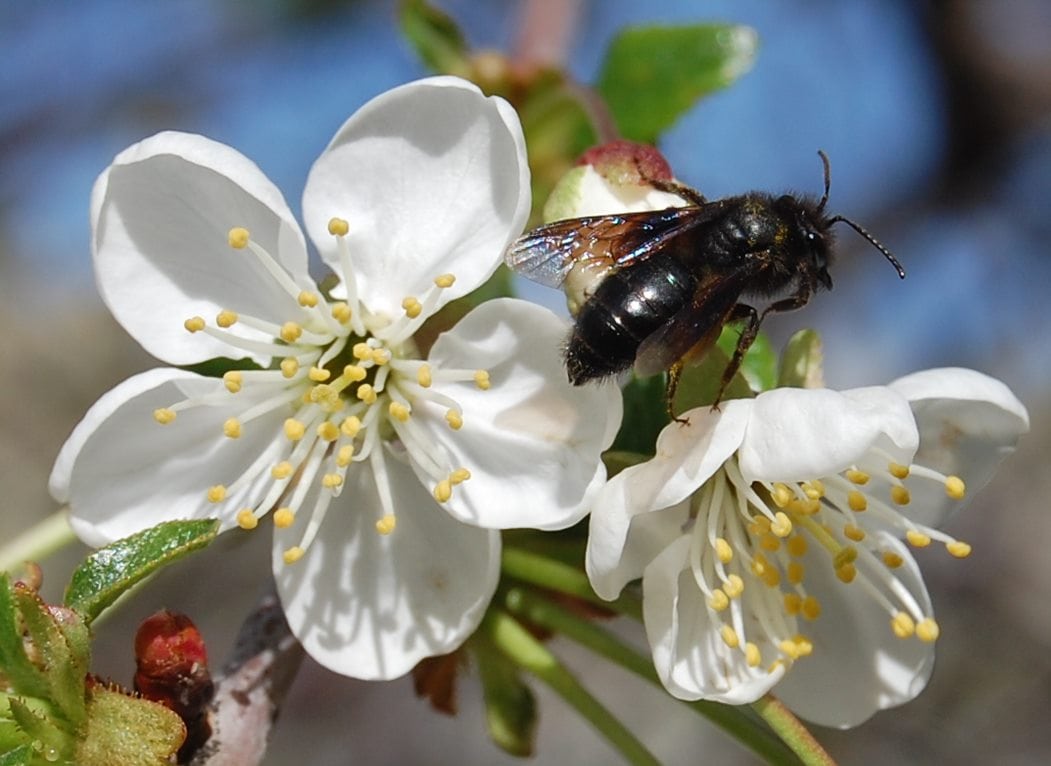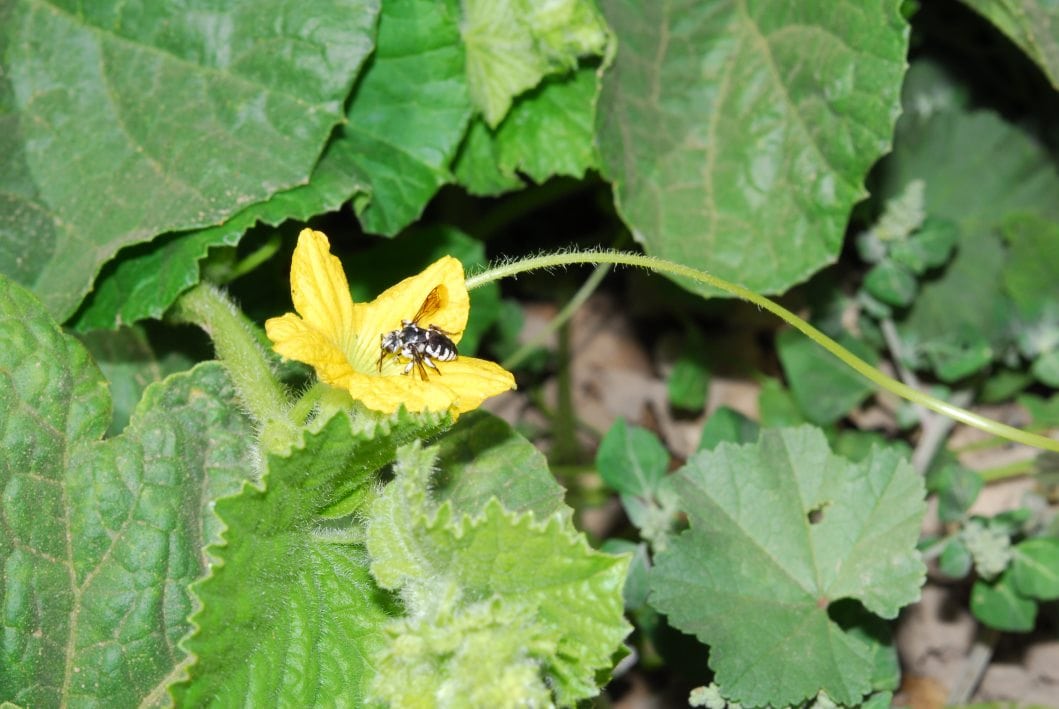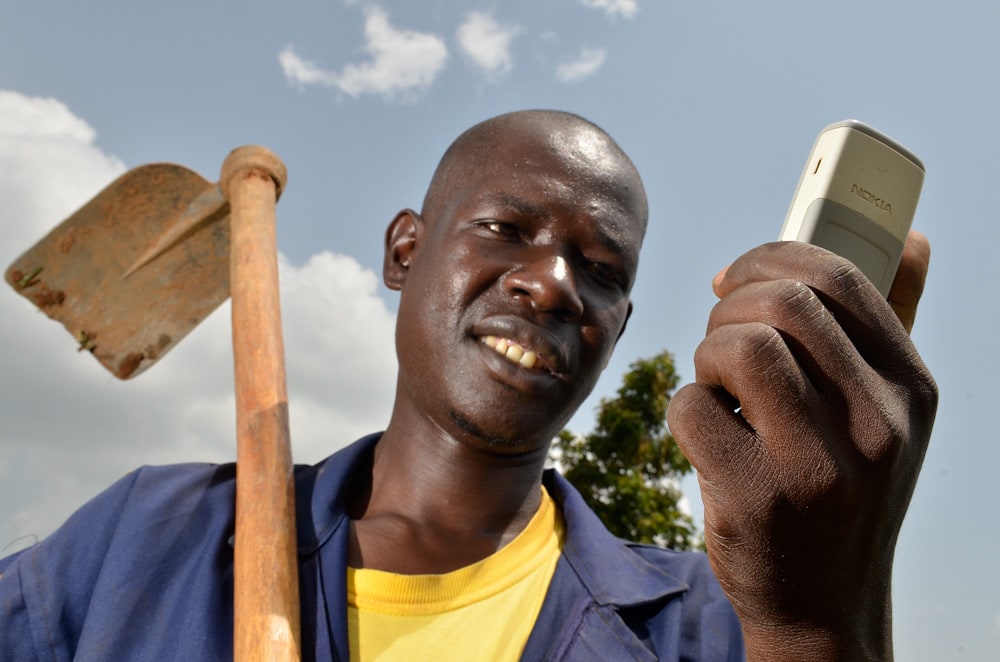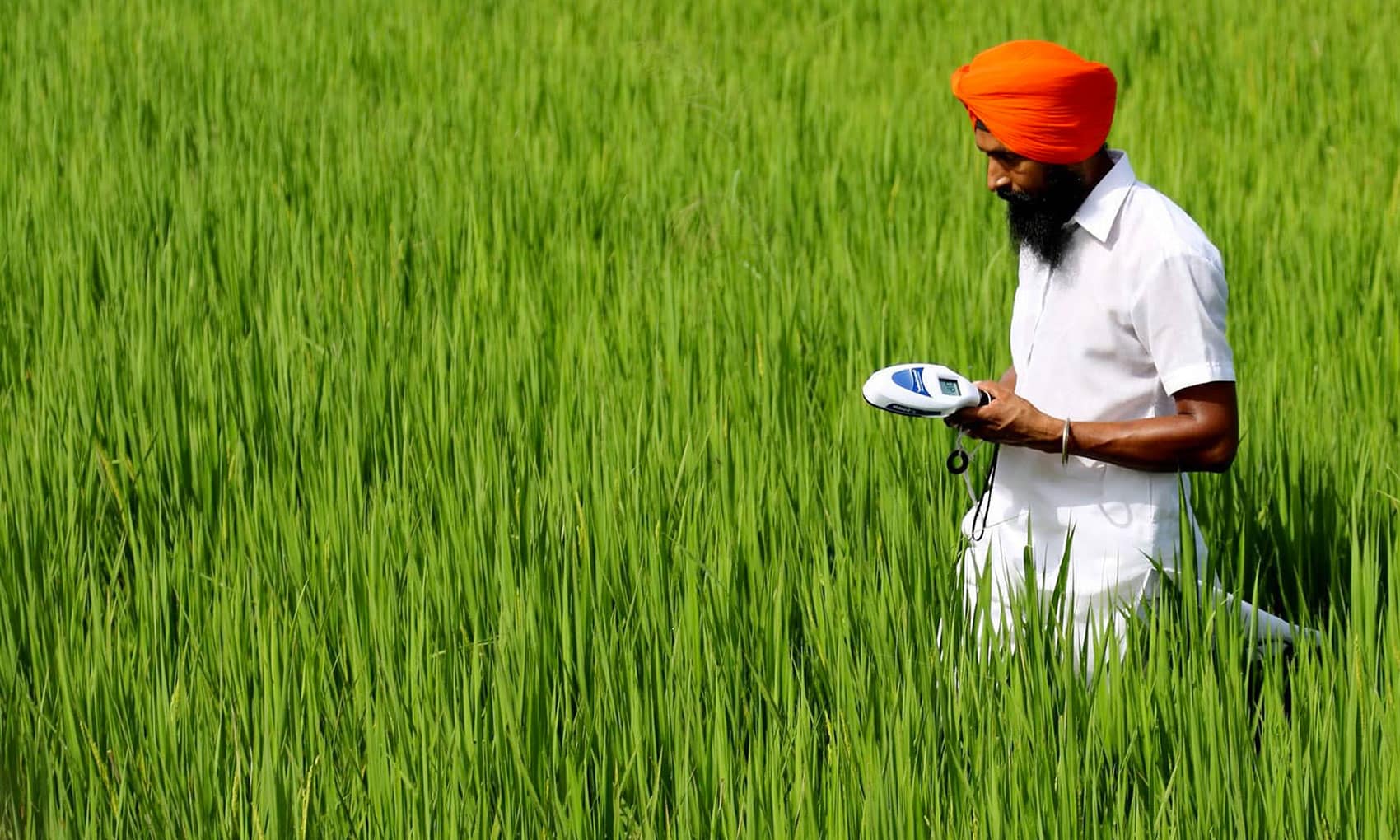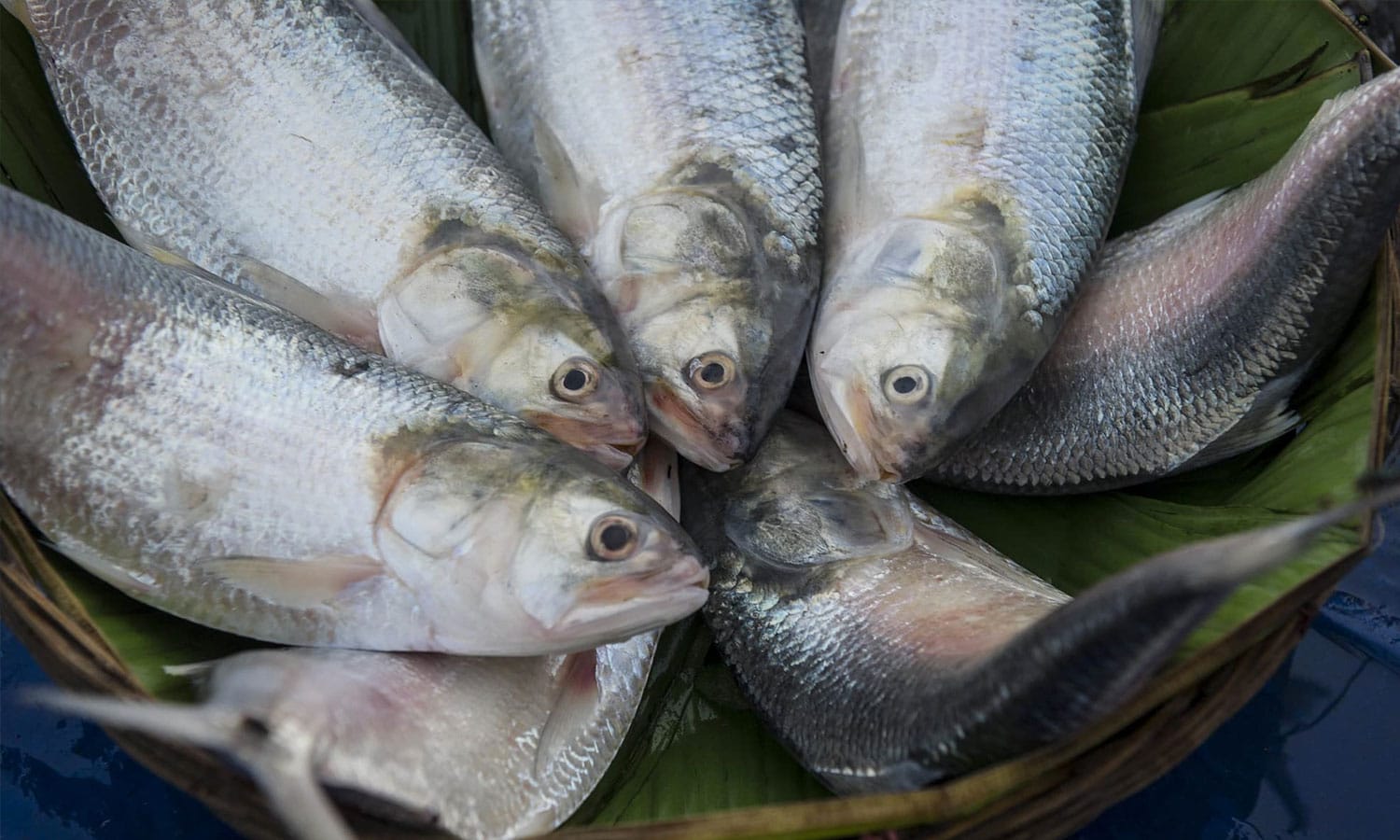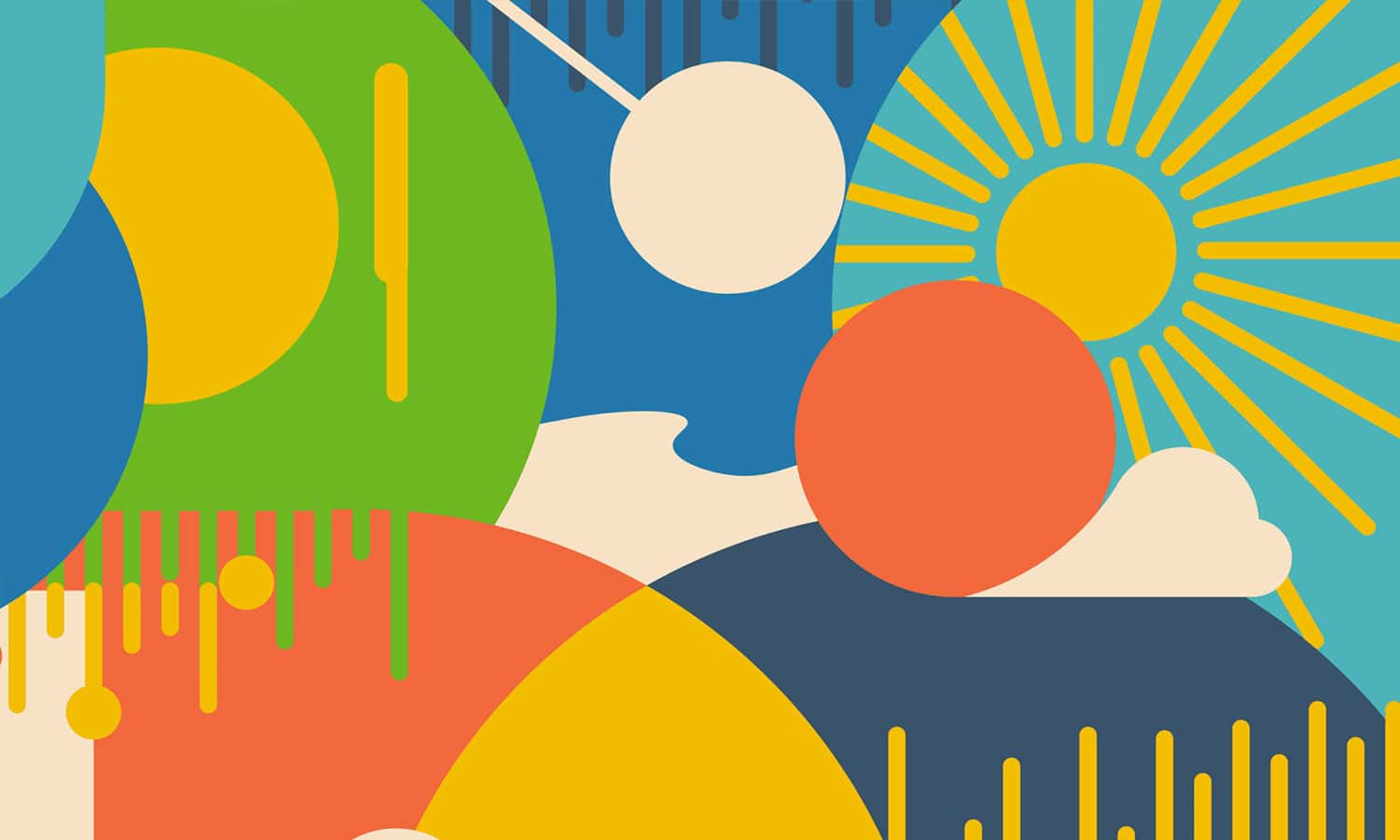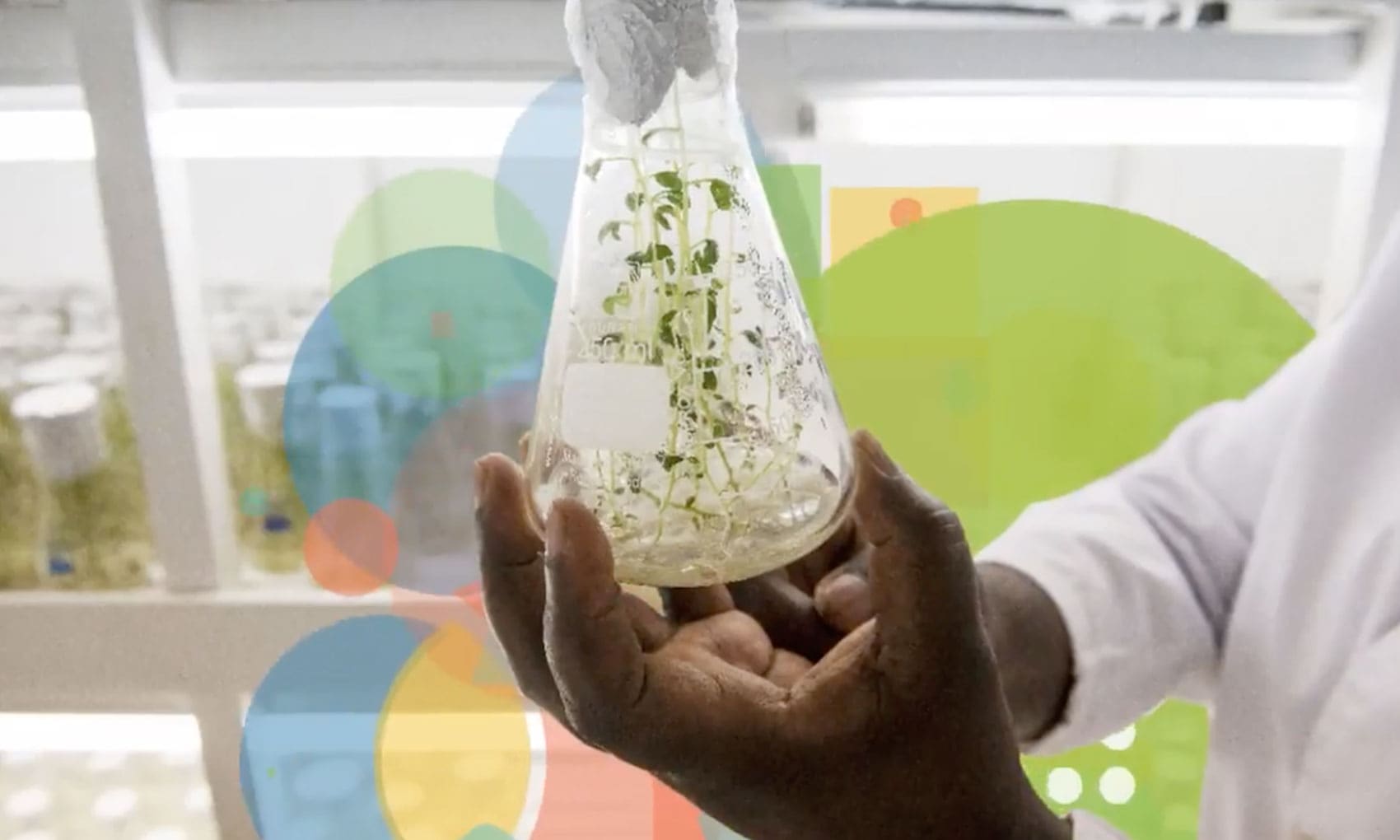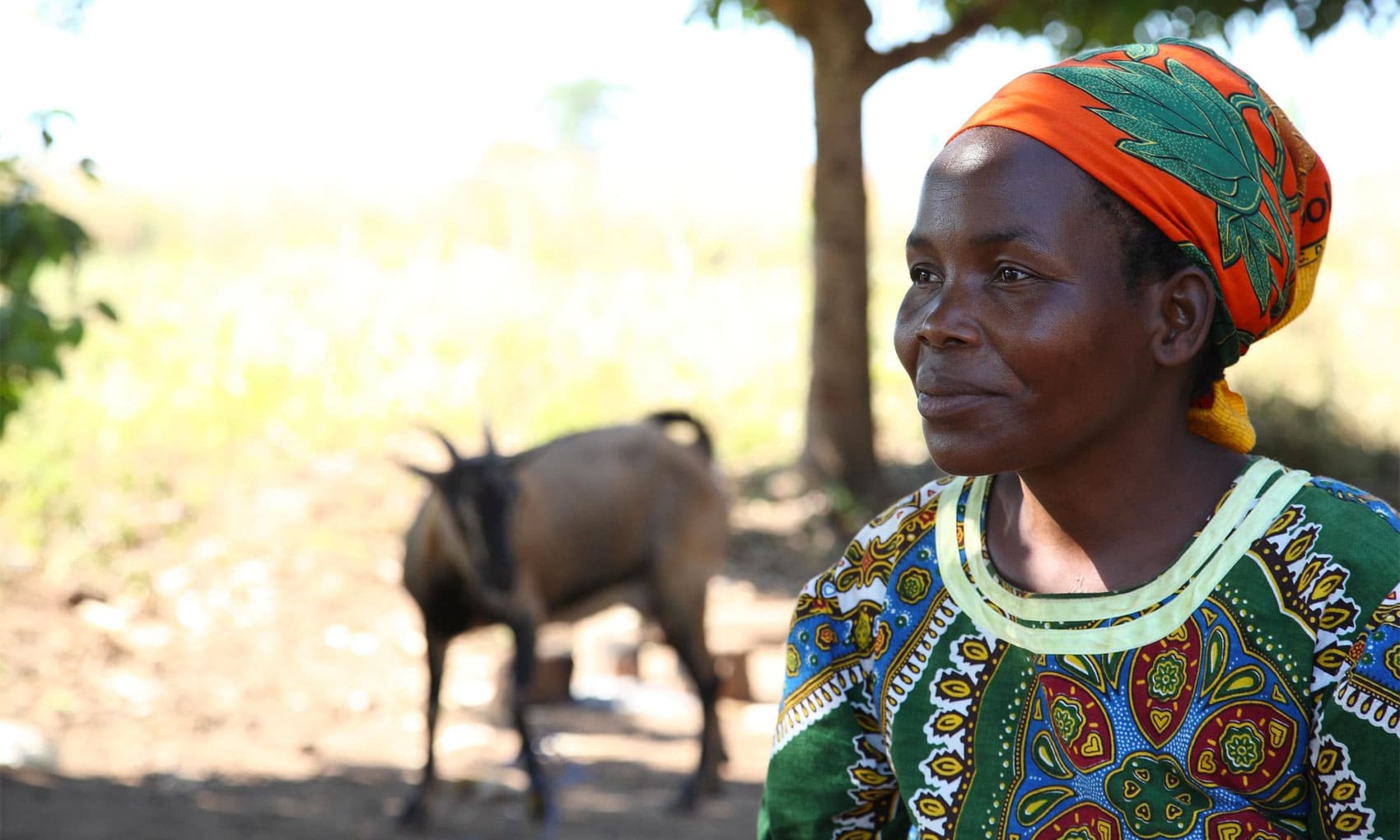Wild pollinators – mainly insects that help to pollinate plants – are vital players in ecosystems and food systems globally, and contrary to common assumption, it is actually wild pollinators and not honey bees that provide the majority of pollination services. Three-quarters of the world’s most important food crops and 87% of all flowering plants depend on their contribution, making them indispensable for human and environmental well-being. Many high-income countries spend billions subsidizing farmers to plant wildflower strips alongside crops to attract pollinating insects, as in the European Union. However, these costly schemes can be unviable for low- and middle-income countries.
CGIAR researcher Stefanie Christmann at the International Center for Agricultural Research in the Dry Areas (ICARDA) has found an alternative way to support pollinators and their role in agriculture without depending on high public spending. The new approach, Farming with Alternative Pollinators (FAP), allows farmers to raise the diversity and abundance of wild pollinators while still generating income from their entire block of land.
Through this new approach, a farmer allots around 25% of a field as a ‘pollinator habitat enhancement zone’. Instead of wildflowers, which many farmers tend to view as weeds taking up valuable acreage, these zones are planted with marketable plants – such as oilseeds, spices, vegetables, or medicinal plants – that attract and support wild pollinators and natural enemies of crop pests. Nesting support for pollinators is also provided, using local or waste materials such as hollow stumps, packed bare soil, or old wood with boreholes.
Tests have shown that the approach clearly intensifies production through the improved contribution of two vital ecosystem services: pollination and pest control
If the farmer’s main crop is pollinator-dependent, the increased abundance and diversity of wild pollinators and natural enemies of pests will in turn improve the quality and yield of the main crop, and reduce the need for chemical pesticides. This means that farmers can spend less and earn more, while making the most of their fields by area.
Tests in different countries and settings have shown that the approach clearly intensifies production through the improved contribution of two vital ecosystem services: pollination and pest control. Results show an increase in agricultural production per surface of 100% or more, and a reduction in pest abundance by 50% or more. FAP is economically self-sustaining, as the incentive for farmers becomes higher income per surface area, rather than an external payment. This can support scalability in low- and middle-income countries.
Results show an increase in agricultural production per surface of 100% or more, and a reduction in pest abundance by 50% or more
However, farmer knowledge of the ecological and economic value of wild pollinators and natural enemies is also important. This can ensure that farmers protect nesting sites from deep tillage at critical times, or other destructive factors like chemical overuse. That is why the innovation package introduced by CGIAR scientists at ICARDA includes capacity-building components, such as videos, brochures, on-site training, and information and communication technology (ICT) support. The materials also cover important information about what kinds of marketable habitat enhancement plants are suitable for the approach, and when to plant them.
Researchers have further helped to raise public awareness of the need to protect pollinators, notably through cross-sector policies change in low- and middle-income countries to protect pollinators in a cost-effective and sustainable way.


